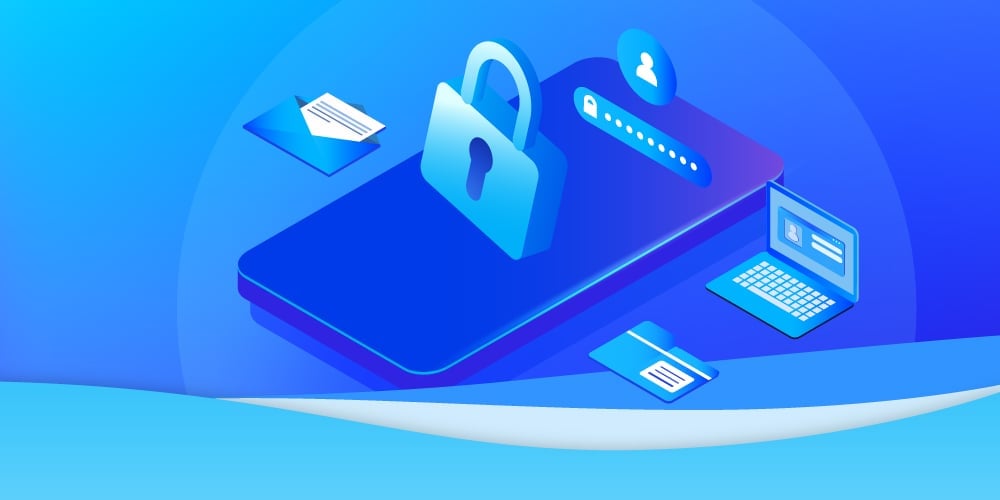Number 1: Toyota's Third-Party Vendor Breach
The auto manufacturing company Toyota completely shut down operations in Japan after a major plastic supplier, Kojima, suffered a data breach. Because Kojima had third-party access to Toyota manufacturing plants, shutting down was necessary to protect their data. This third-party data breach also affected some operations of Toyota subsidiaries. Halted or decreased production may have hurt Toyota’s bottom line as it slowed down car production and reduced the number of cars Toyota produced by a few hundred.
To reduce your risk of a third-party data breach, it’s important to be aware of the security measures your third-party vendors employ, and to negotiate better ones if they are not up to your company’s standard.
Number 2: Major League Baseball Third-Party Vendor Breach
Health plan information and other personal information of Major League Baseball players and their families was stolen in a cyber attack. This attack targeted a consulting company, Horizon Actuarial, that provided services for the MLB Players Benefits Plan. Data from 38,400 individuals was compromised in this third-party data breach including 13,000 people who were members of MLB Players Benefit Plan. Horizon Actuarial didn’t notify impacted clients until March 2022.
Unless it’s in your contract, there is no guarantee that a third-party vendor will notify an organization quickly after a breach, which means that your data could be exposed and you don’t know it. Adding this language to contracts with third-party vendors is essential.
Number 3: Various Fortune 500 & Global 100 Companies' Third-Party Data Breach
The protected health information (PHI) of over 520,000 people was compromised when Morley Companies, a business service provider, was attacked. This third-party data breach happened in August 2021 but individuals were not notified until February 2022. Morley Companies provides various services to many large corporations that are part of the Fortune 500 and Global 100 groups. This cyberattack left sensitive information such as social security numbers, addresses, names, and medical history of Morley Companies’ customers and employees vulnerable.











